Dove hunting in Texas is inexpensive, accessible and inclusive of every species of hunter in the Lone Star State.
It’s a pastime that caters to anyone and everyone willing to brave a steamy September afternoon, all the way from the Red River to the Rio Grande.
And, thanks to another liberal season across the north, central and south dove zones, maybe you’ll be the lucky fellow or lady who figures out that those birds that come down from Kansas in October or November are just as easy to hit during weekends when temperatures are hovering in the mid-50s.
When it comes right down to the core of the pursuit, it doesn’t matter if you’re a wealthy oil and gas magnate swinging a handcrafted Italian over-and-under that cost as much as an arm or a leg off one of your roughneck fieldhands, or if you’re an average Joe toting your budget-friendly Mossberg that you bought on sale at Academy with the money from that extra shift you took instead of attending your third kid’s birthday party.
The key to success in a simmering dove field when heat indices are downright dangerous is simple: the true aim is not just about coming home with a limit of birds. Don’t get me wrong, dove breasts wrapped in bacon and jalapeno with a heaping dose of cream cheese and grilled over mesquite should be their own food group, but that’s not what dove hunting is all about.
It seems like a paradox in this day and age when time is among the most precious of commodities, but those hours spent enjoying the sights and sounds of a September afternoon and evening in Texas are among those you can’t assign a true value.
They’re the best hours of the year — ones brimming with natural elements.
The sweet aroma of long-stalked sunflowers baking in a warm breeze.
The symphony of grasshoppers composing melodious tunes as if playing off one another in a grand finale.
The distinctive polished texture of new shells sliding smoothly into a trusty shotgun.
The wide-eyed eagerness of Labradors feverish with gusto at the thought of being in the field.
The satisfaction that arises after completing a difficult shot when you’ve got someone nearby on a fence line, along with the accompanying complimentary shout.
The related needs of swatting away mosquitoes, shimmying away from fire ant beds, dusting off sticker burrs, wiping away sweat and squinting to zero in on incoming birds.
The amazing awe that comes from seeing wildlife spring up from every nook and cranny, whether it’s a hefty jack rabbit, a diminutive horny toad or even a docile rattlesnake.
The camaraderie of friends once strangers on a previous hunt who share the affinity for passing time here as much as the next hunter.
Then savoring sitting on a tailgate when impressive lines of doves wing it to their roost perches dripping with an orange hue signaling another sunset.
Dove hunting simply is the excuse to revel in these aspects of our world that for many may only be observed for a couple of days or weekends once a year, if at all. Even waiting in line at the sporting goods store before the opening of the season is tolerable knowing that you soon will have that most precious of annual documents, a season pass to a world overflowing with Easter eggs.
The best part is that whether the doves are flying or not, those treasures that typically remain hidden ultimately will lead to a successful outing. I find even more delight when I’m able to share those flashes of life with family or perhaps someone who never has had the same privilege.
Those are truly the magic hours and pulling the trigger is secondary to simply enjoy the great outdoors.
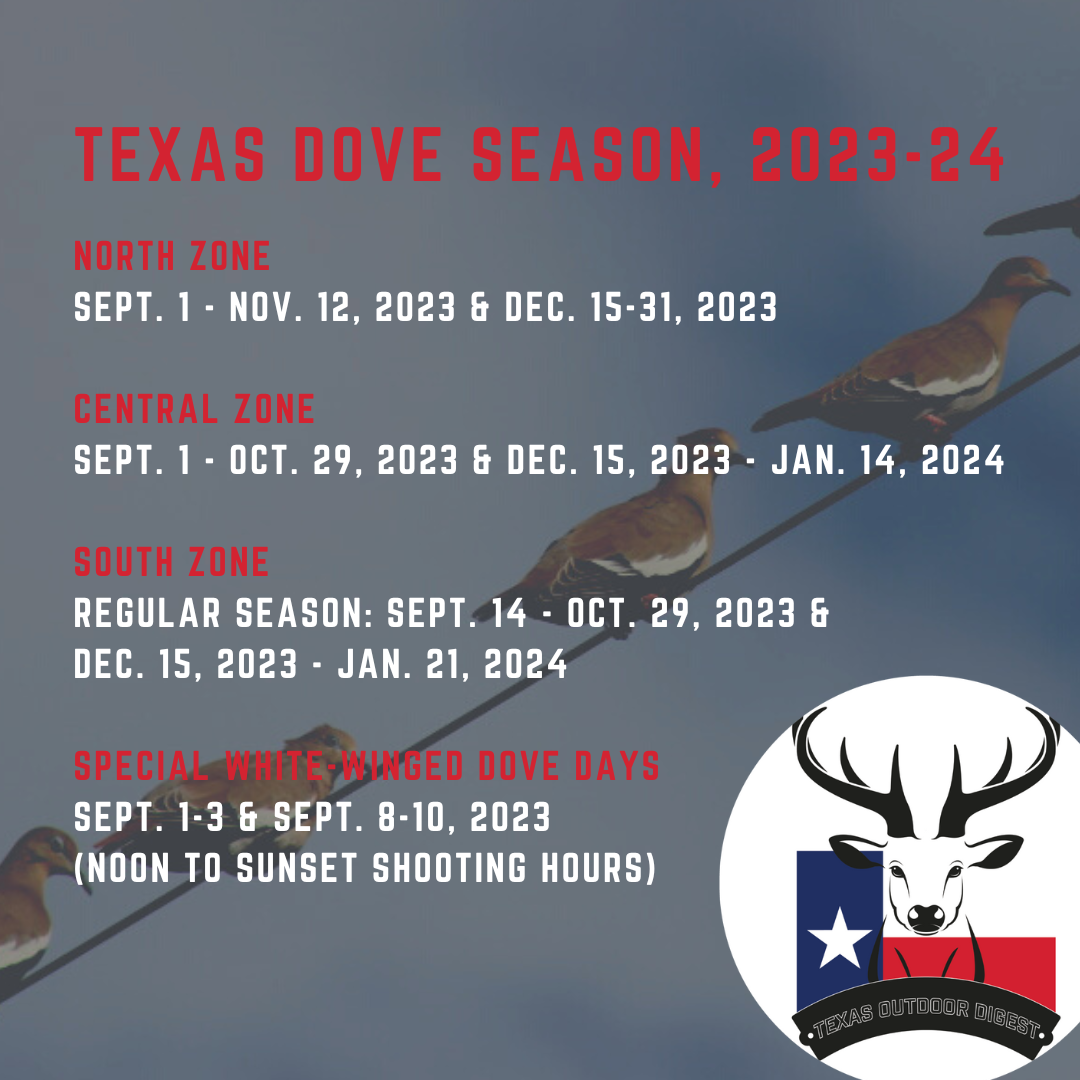
Texas dove hunting forecast
As with deer hunting in Texas, dove hunting is a major economic driver, particularly due to the fact that it’s the first framework to open up fall and winter hunting frameworks. Federal estimates have shown that roughly a third of the more than 1 million dove hunters nationally are in Texas and state estimates have shown those hunters pump more than $300 million into dove hunting across the board in average seasons.
Even in years with lower production, the Lone Star State still boasts exceptional numbers of birds (roughly 28 million mourning doves and 12 million whitewings, according to the long-term averages from spring surveys).
Owen Fitzsimmons, dove program leader for TPWD, said the outlook should be on par with previous seasons in terms of numbers and good habitat thanks to having good moisture in the spring.
“In looking at the data, 2021 was the lowest harvest we’ve had on record going back to at least the early 2000s,” Fitzsimmons said. “Last year’s numbers were better and most hunters saw at least average conditions. The hunting in the South Zone was really good as it has been in recent years and I’ve gotten a lot of really good reports out of areas such as between Abilene and Fort Worth that they saw more birds than they had going back a number of years. Those areas have seen tougher hunting and fewer birds in our surveys the past few years.”
Texas’ most dangerous game: Dove hunting causes most accidents
The success of any dove season rests on nesting conditions and bird production that always rests on adequate moisture and good range conditions. Fitzsimmons pointed to a relatively cool spring as being beneficial to this year’s dove crop.
“A big part of that also is that we didn’t have a lot of severe storms that bring heavy winds and hail,” Fitzsimmons said. “Those severe storms are detrimental and when they come through areas like the Hill Country and Central Texas, they’ll knock dove nests out of trees easily. They build pretty flimsy nests, but I think this year we got some good rains without those negative impacts, and I think that’s really helped with numbers, too.”
Dove hunting in Texas has been known to be cyclical with multiple-year periods of exceptional harvests followed by years of below-average hunting. Fitzsimmons noted the data shows the pursuit should be on an uptick, especially in locales like the Panhandle that have seen tougher hunting in recent seasons.
“We’ve really been below the long-term average for the past four or five years now,” Fitzsimmons said. “We had a really good few years coming out of 2013 through about 2016 and saw some of the highest harvest years we’ve had in a long time. And after that, it kind of dropped down below average and we kind of stayed there. And that’s where we were last year, too, a little bit below average across the state.
“That could just be due to environmental conditions, and again I think this year we’re going to see those numbers bounce back up. They might not respond to rain as quickly as quail do but they’re still in that kind of boom-and-bust cycle.”
Texas dove hunters burn through shotgun shells with the best of them
Fitzsimmons noted that Texas migratory game bird management has continued to have a few interesting layers dating back generations.
“There’s been a longstanding concern – dating all the way back to the 1920s – of early September hunting on late-nesting mourning doves,” Fitzsimmons said. “You need both parents to incubate so the thinking was that if you kill both parents, you’re pretty much dooming the nest to failure, which now we know isn’t exactly the case.
“Despite all the research that’s been done through the ‘60s, ‘70s and ‘80s indicating that it’s not an issue population-wise, U.S. Fish and Wildlife was still really concerned about it, and that’s why we’re not allowed to open the South Zone prior to Sept. 14. Over the years, we’ve pushed for more and more (earlier hunting opportunities), including expanding the special whitewing area to include the entire South Zone and the next season pushing the start date all the way up to Sept. 14. That was a strategic date because we could give dove hunters an opportunity every weekend in September.”
If you had to pick a select number of counties that consistently provide quality shoots, you’d have to zero in on hot spots in Central Texas and South Texas. The top counties in the north and central dove zones typically are Brown, Coleman, Comanche, Throckmorton, Haskell and Shackelford, while Karnes, Live Oak, Frio, Starr, Hidalgo and La Salle are among the best in the south zone.
2023-24 Texas Dove Seasons
North Zone: Sept. 1 – Nov. 12, 2023 & Dec. 15 – 31, 2023
Central Zone: Sept. 1 – Oct. 29, 2023 & Dec. 15, 2023 – Jan. 14, 2024
Special White-winged Dove Days (entire South Zone): Sept. 1-3 and Sept. 8-10 (special regulations apply)
South Zone, Regular Season: Sept. 14 – Oct. 29, 2023; Dec. 15, 2023 – Jan. 21, 2024
The daily bag limit for doves statewide is 15 and the possession limit 45.
During the early two weekends for the Special White-Winged Dove Days in the South Zone, hunting is allowed only from noon to sunset and the daily bag limit is 15 birds, to include not more than two mourning doves and two white-tipped doves. During the general season in the South Zone, the aggregate bag limit is 15 with no more than two white-tipped doves.
















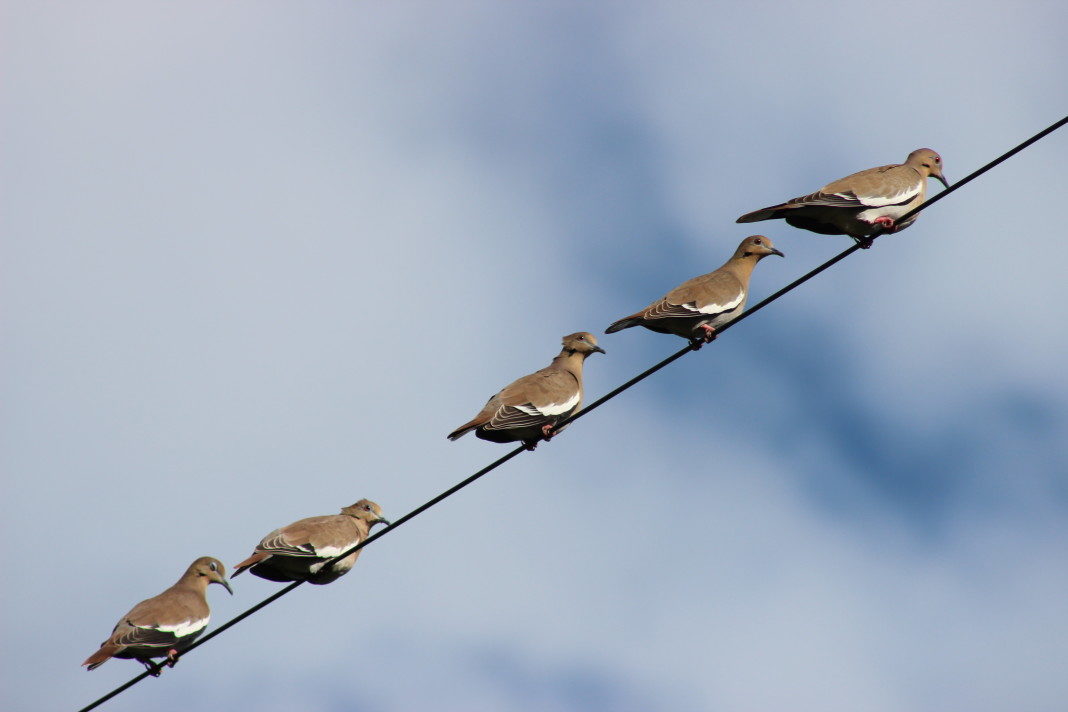
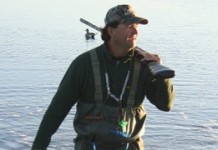
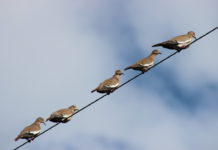
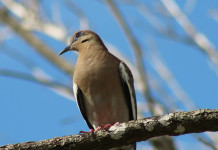


Every year the dove are leaving when the season starts on our ranch. I’m not impressed with the PARKS AND WILDLIFE TIMING.
SO MUCH FOR GAME BIOLOGIST.
Can you use a pellet gun to dove hunt?
Negative.
Can you hunt every day during season or just welends?
You cant hunt every day during dove season currently.